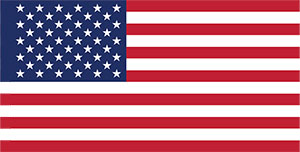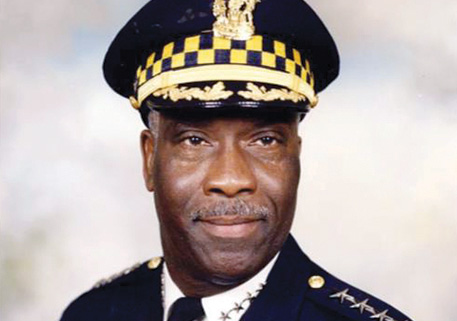

This Memorial Day, we know many across the nation want to pay proper respect to the Stars and Stripes. The following guide will help ensure your flag is looking shipshape wherever—and whenever—you choose to fly it.
Display:
- The flag should be flown at half-mast on Memorial Day until noon, then raised.
- Flags should fly from sunrise to sunset but may be flown at night if properly illuminated.
- Fly the flag at half-mast during times of national mourning.
- Whether the flag is hung vertically or horizontally, the union (blue section) should always be in the upper left side.
Reminders:
- Bring the flag indoors if you’re expecting inclement weather (unless you have an all-weather flag).
- The flag should never rest on the ground.
- Flags shouldn’t be used as clothing.
- On single flagpoles, the American flag should be on top, and no other flag should be larger.
Storing and maintaining the flag:
- A flag should be kept dry and folded properly into a triangle with the union visible.
- When a flag becomes tattered, damaged or otherwise worn out, it should be retired and properly disposed of.
Basic color guard protocols:
- The color guard will announce, “Ladies and gentlemen, please rise for the presentation of colors and remain standing for the singing [or playing] of the national anthem, followed by the Pledge of Allegiance.”
- When the color guard brings the U.S. flag into a venue, whether you are seated in the audience or at the head table, stand and face the colors.
- When passing or being passed by uncased (unfurled) colors, individuals may begin the hand salute when the colors are six paces distant and hold the salute until they have passed six paces beyond the colors.
- The color guard posts the colors, and the national anthem is played. Immediately place your hand over your heart until the anthem is completed. If the Pledge of Allegiance is said after the anthem, keep your hand over your heart until completion.
Remember–there is no requirement to stand or place your hand over your heart for any patriotic song other than the national anthem (the “Star Spangled Banner”).






